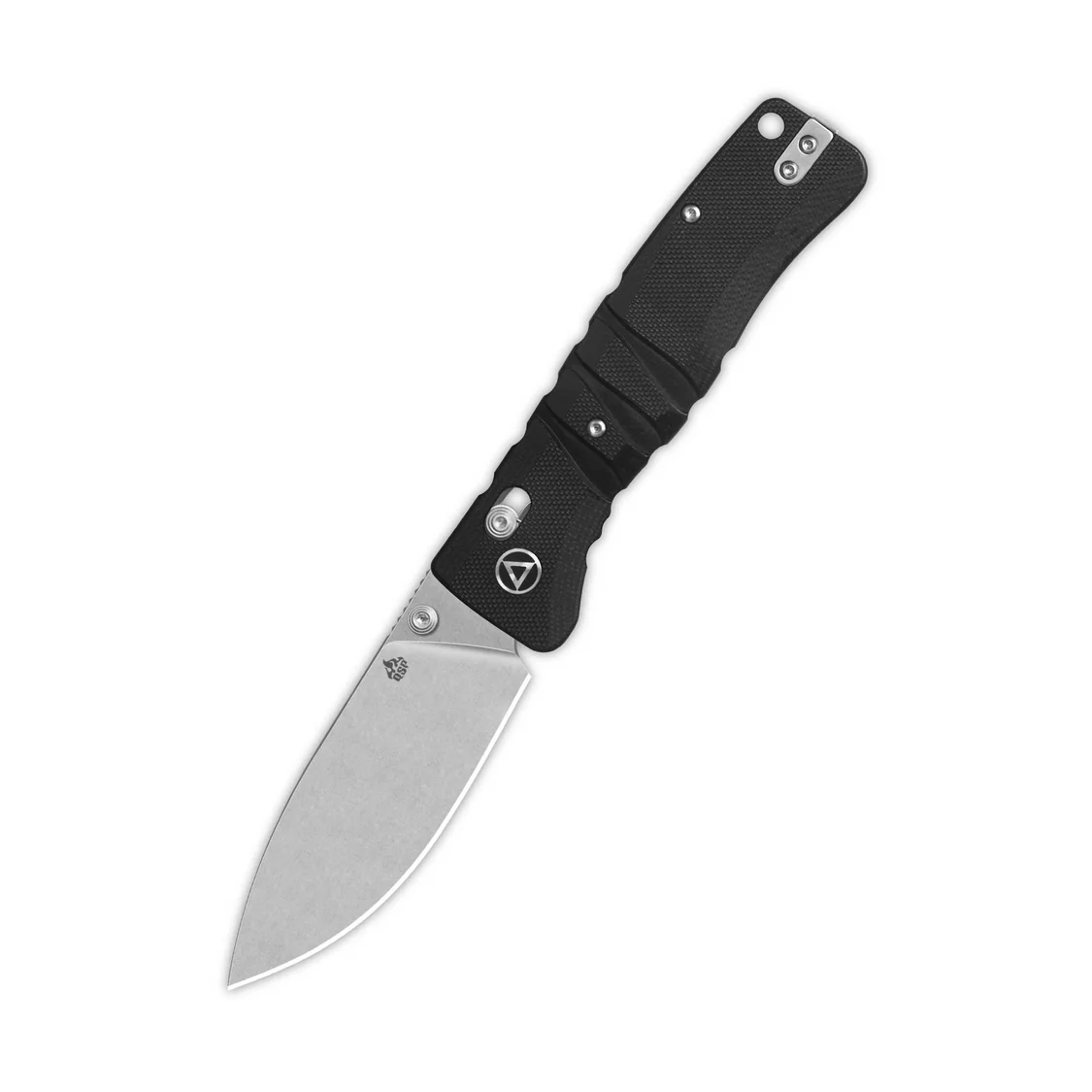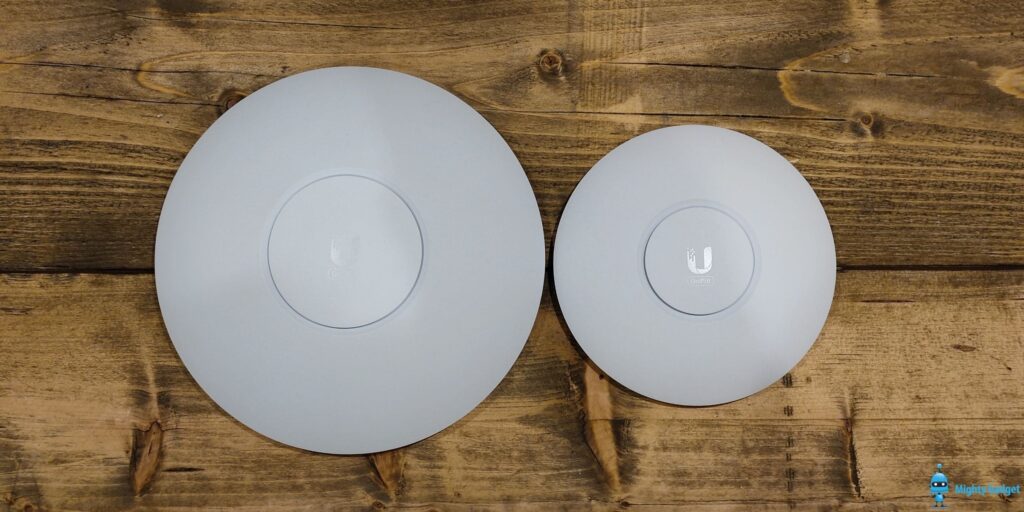
Pocket knives have long been a staple for outdoor enthusiasts, craftsmen, and everyday users alike. Compact, versatile, and practical, they offer a range of functionalities from opening packages to aiding in survival situations. Whether you’re an avid collector or someone looking for a reliable tool, understanding pocket knives’ features, uses, and maintenance can help you make an informed choice.
A Brief History of Pocket Knives
Pocket knives date back thousands of years, with some of the earliest folding blades discovered in the Roman era. Over time, they have evolved in design, materials, and utility. From the traditional slip-joint knives to modern tactical folding knives, the variations cater to different needs and preferences. Today, pocket knives are available in various styles, making them a valuable companion for multiple tasks.
Types of Pocket Knives
Pocket knives come in a variety of designs, each with its own purpose. Here are the most common types:
1. Slip-Joint Knives
These knives have a simple folding mechanism without a locking blade. They rely on spring tension to keep the blade open but can be closed with a slight push. Swiss Army knives are a well-known example.
2. Locking Knives
Unlike slip-joint knives, locking knives feature a mechanism that locks the blade in place when open, preventing accidental closure. This makes them safer for tasks requiring more force.
3. Assisted-Opening Knives
These knives have a spring-assisted mechanism that allows for quick, one-handed opening. They strike a balance between manual and automatic knives in terms of speed and convenience.
4. Automatic (Switchblade) Knives
With the push of a button, the blade automatically deploys. While highly functional, these knives are subject to legal restrictions in some areas.
5. Multi-Tool Knives
Equipped with multiple blades and tools like screwdrivers, scissors, and bottle openers, multi-tool knives are perfect for those who need a compact all-in-one solution.
Common Uses of Pocket Knives
A pocket knife is one of the most versatile tools available. Here are some everyday uses:
- Opening Packages: With the rise of online shopping, a pocket knife makes unboxing convenient.
- Camping and Outdoor Activities: Useful for cutting rope, preparing food, and even starting fires.
- Emergency Situations: A pocket knife can help cut seat belts, break glass, or assist in first-aid situations.
- DIY and Crafting: Perfect for cutting materials, carving, or handling small repairs.
- Self-Defense: While not the primary purpose, some carry pocket knives as a means of personal protection.
Choosing the Right Pocket Knife
When selecting a pocket knife, consider the following factors:
1. Blade Material
Stainless steel blades resist corrosion and require less maintenance, while carbon steel blades offer superior sharpness and durability but may need frequent care.
2. Blade Shape
Different shapes cater to different tasks. A drop-point blade is versatile, while a tanto blade offers superior piercing strength.
3. Size and Portability
Choose a size that suits your needs. A smaller knife is more discreet and easy to carry, while a larger blade offers more functionality.
4. Handle Material
Handles come in wood, metal, G-10, or composite materials. Consider grip, durability, and aesthetics when selecting a handle.
5. Locking Mechanism
If safety is a priority, opt for a knife with a strong locking mechanism to prevent accidental closures.
Maintaining Your Pocket Knife
Proper maintenance ensures longevity and optimal performance. Here are essential care tips:
- Keep It Clean: Regularly clean the blade and handle to remove dirt, rust, and debris.
- Sharpen the Blade: A sharp knife is safer and more effective than a dull one. Use a sharpening stone or honing rod to maintain the edge.
- Lubricate the Moving Parts: Apply a small amount of oil to the hinge and locking mechanism for smooth operation.
- Store Properly: Keep your pocket knife in a dry place to prevent rust and damage.
Legal Considerations
Before purchasing or carrying a pocket knife, check local laws regarding blade length and knife types. Some areas restrict automatic knives or concealed carry, so staying informed will help you avoid legal issues.
Conclusion
Pocket knives are a timeless and practical tool that serves a wide range of functions. Whether you need one for everyday tasks, outdoor adventures, or emergency preparedness, selecting the right knife and maintaining it properly will ensure it remains a reliable companion for years to come. With the right knowledge, you can make the best choice and enjoy the convenience a quality pocket knife offers.







